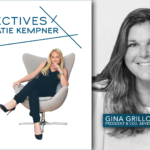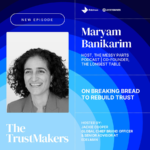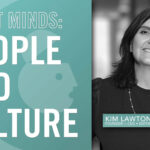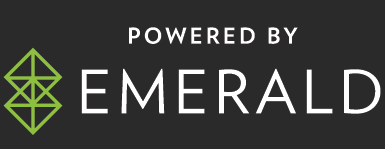By R. Larsson, Advertising Week
Yes, that number is correct.
The global LGBTQ+ community represents $4.7 trillion in annual spending power, with more than 23% of Gen Z identifying as LGBTQ+. Yet despite this influence, many brands are not only failing to authentically connect with this audience—they’re pulling back altogether.
In a powerful conversation hosted during Converge @ Cannes, a group of brand, media, and advocacy leaders broke down why abandoning the LGBTQ+ community is not just a moral failure—it’s a catastrophic business decision.
From “Pridewashing” to Purposeful Investment
Moderated by R. Kurt Osenlund, Head of PrideNOW and VP at Mark Allen & Co., the session featured:
- Meghan Bartley, Head of Corporate Engagement at GLAAD
- Mark Tevis, EVP of Sales & Partnerships at Revry
- Mike Beyman, Chief of Staff and Head of Strategy & Business Operations at ADWEEK
- Timothy Hill, Creative Brand Strategist
Together, they made a data-driven and experience-backed case for why inclusive marketing isn’t just the right thing to do—it’s smart business.
“Too many brands treat Pride as a campaign instead of a commitment,” said Bartley of GLAAD. “But this community is paying attention—and rewarding authenticity.”
Tevis added that LGBTQ+ media platforms like Revry are seeing growing traction with younger audiences who expect brands to show up all year, not just in June.
Fear Is Not a Strategy
The panel acknowledged the chilling effect recent cultural backlash has had on corporate decision-making. But they were clear: retreating from LGBTQ+ inclusion because of political pressure is short-sighted and risky.
“When brands go silent, they send a message. And Gen Z is listening,” said Beyman, referencing ADWEEK’s data on trust erosion among younger consumers.
Instead of fear, the panel encouraged brands to double down on strategy—rooting LGBTQ+ engagement in audience research, long-term partnerships, and internal accountability.
The Business Case for PRIDE
The data speaks for itself:
- $4.7 trillion in global LGBTQ+ spending power
- 23% of Gen Z identify as LGBTQ+
- Brands with authentic DEI commitments outperform peers in both talent retention and consumer loyalty
“The market is powerful,” said Hill. “But if you treat it like a trend, you’ll miss the opportunity to build lasting cultural relevance.”
What Comes Next
The session closed with a challenge to marketers and brand executives: stop asking if investing in LGBTQ+ inclusion is “safe”—and start asking how to do it well.
The takeaway? Pride isn’t a moment. It’s a market. And it’s growing.











